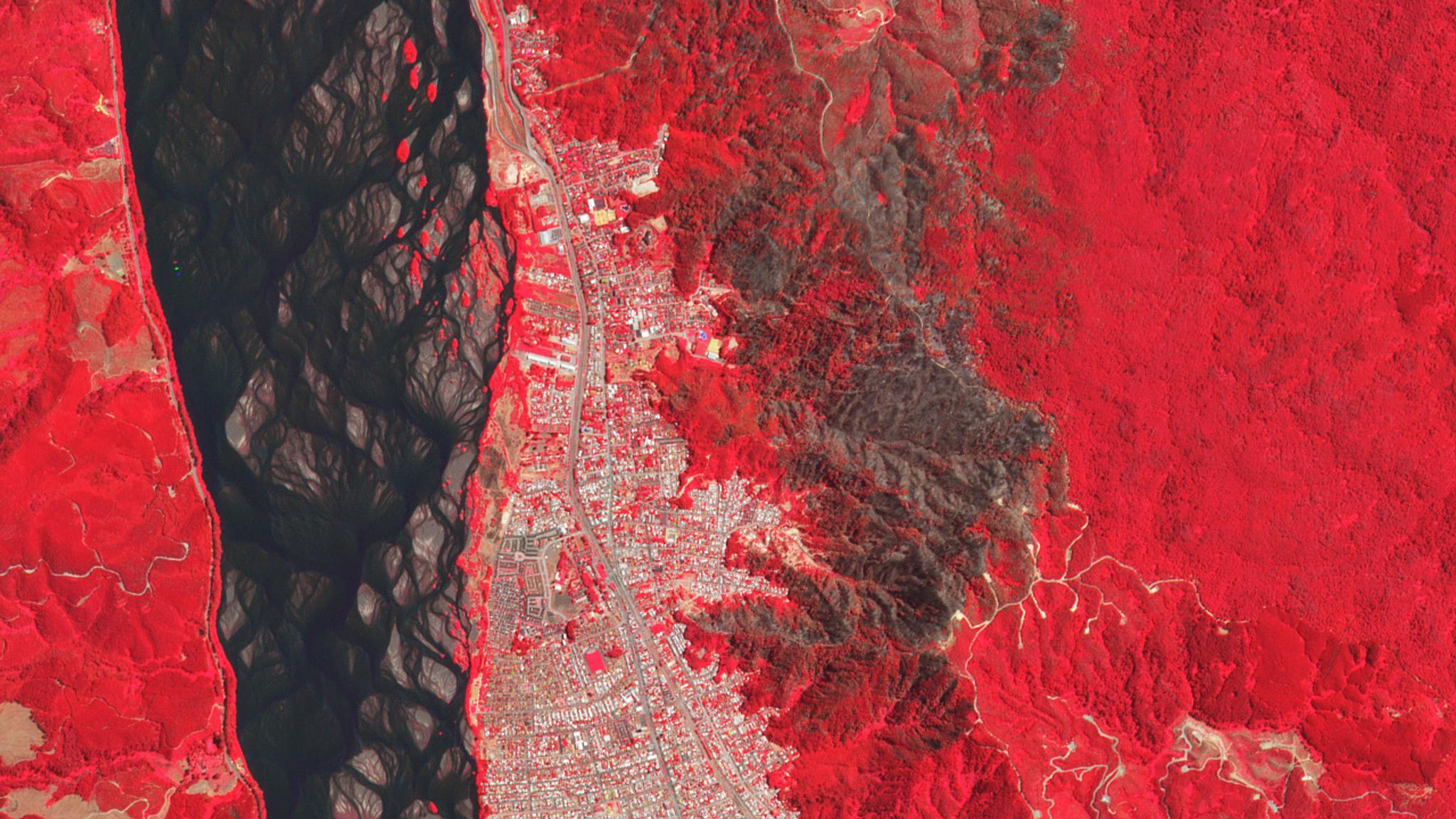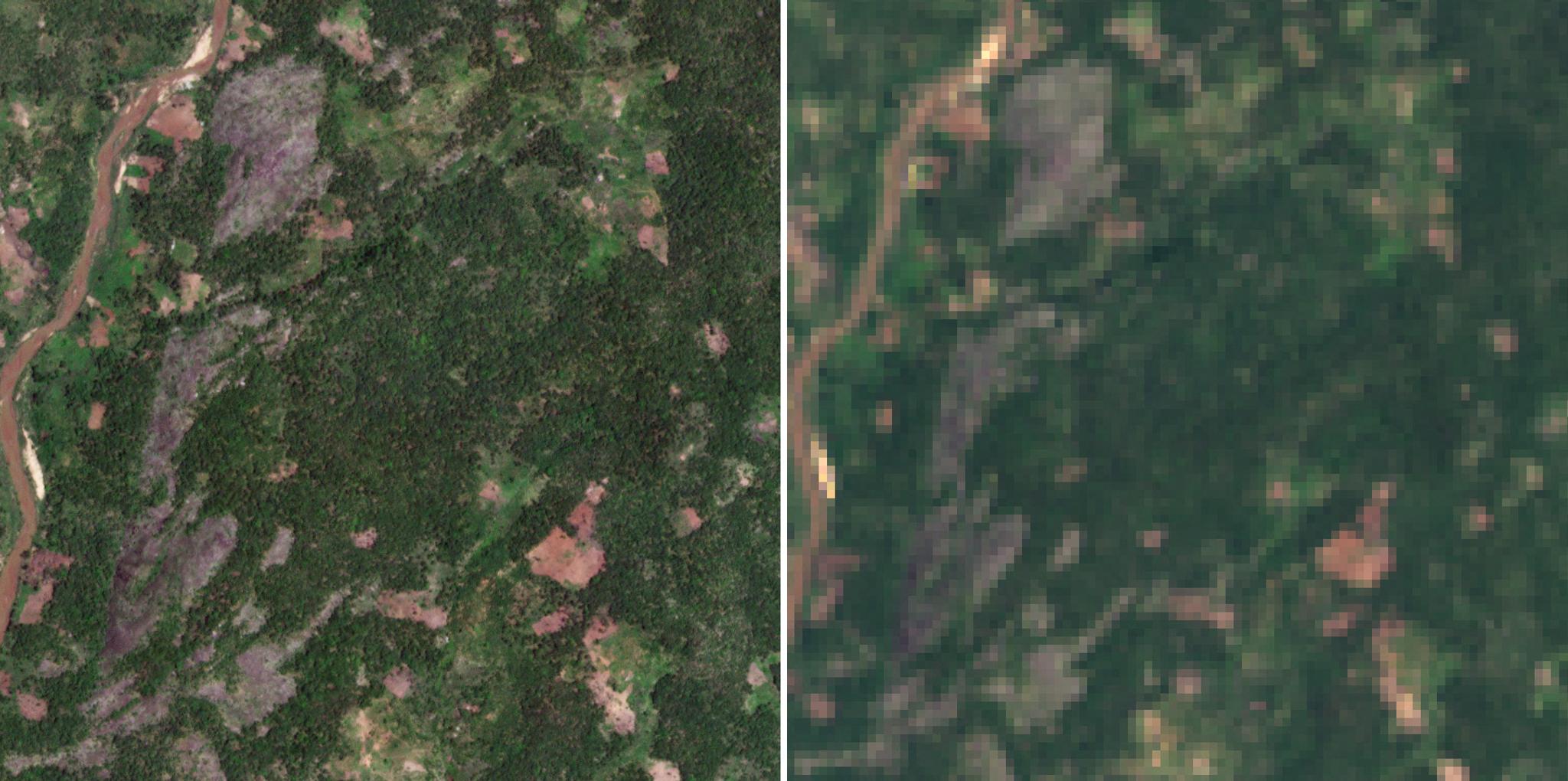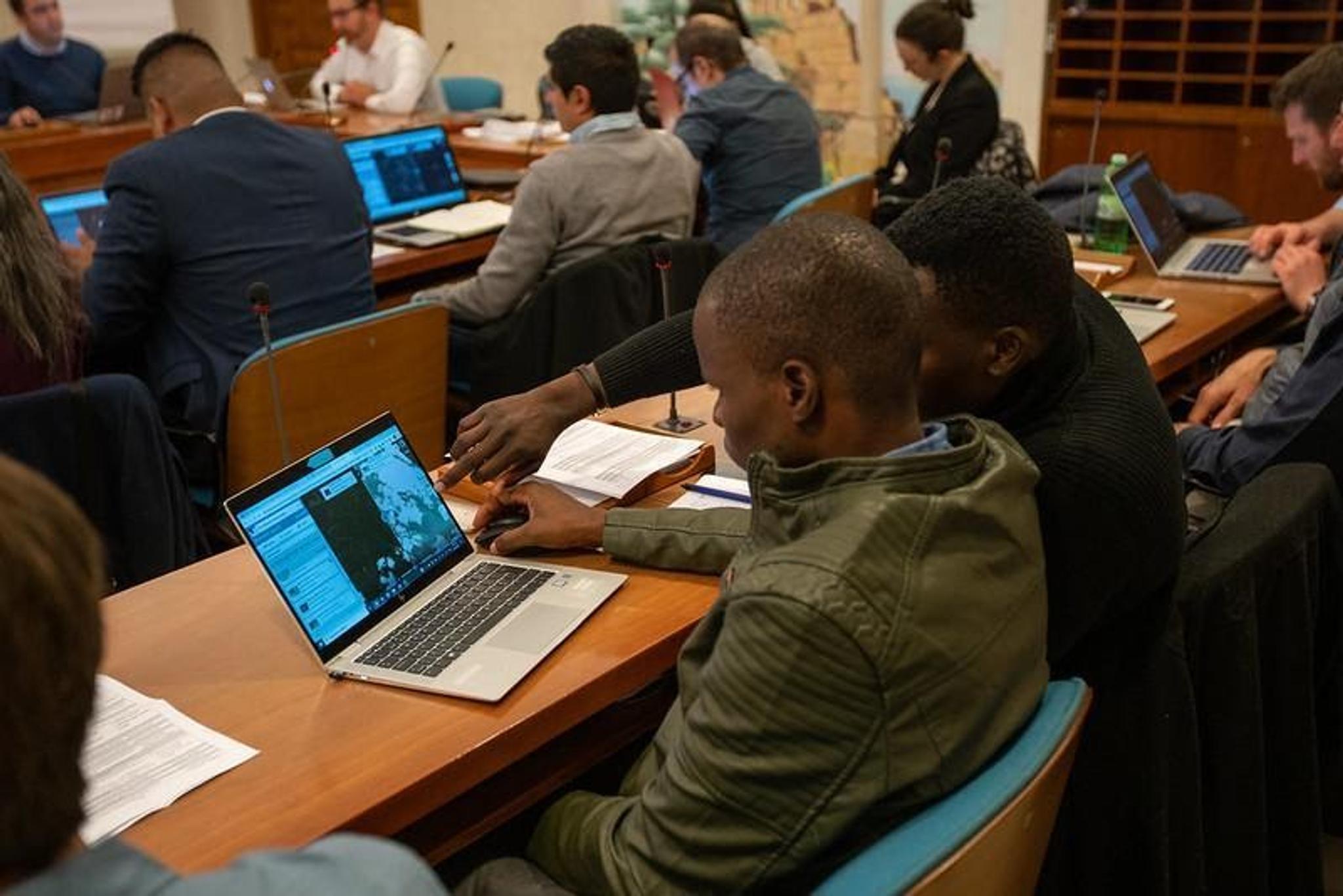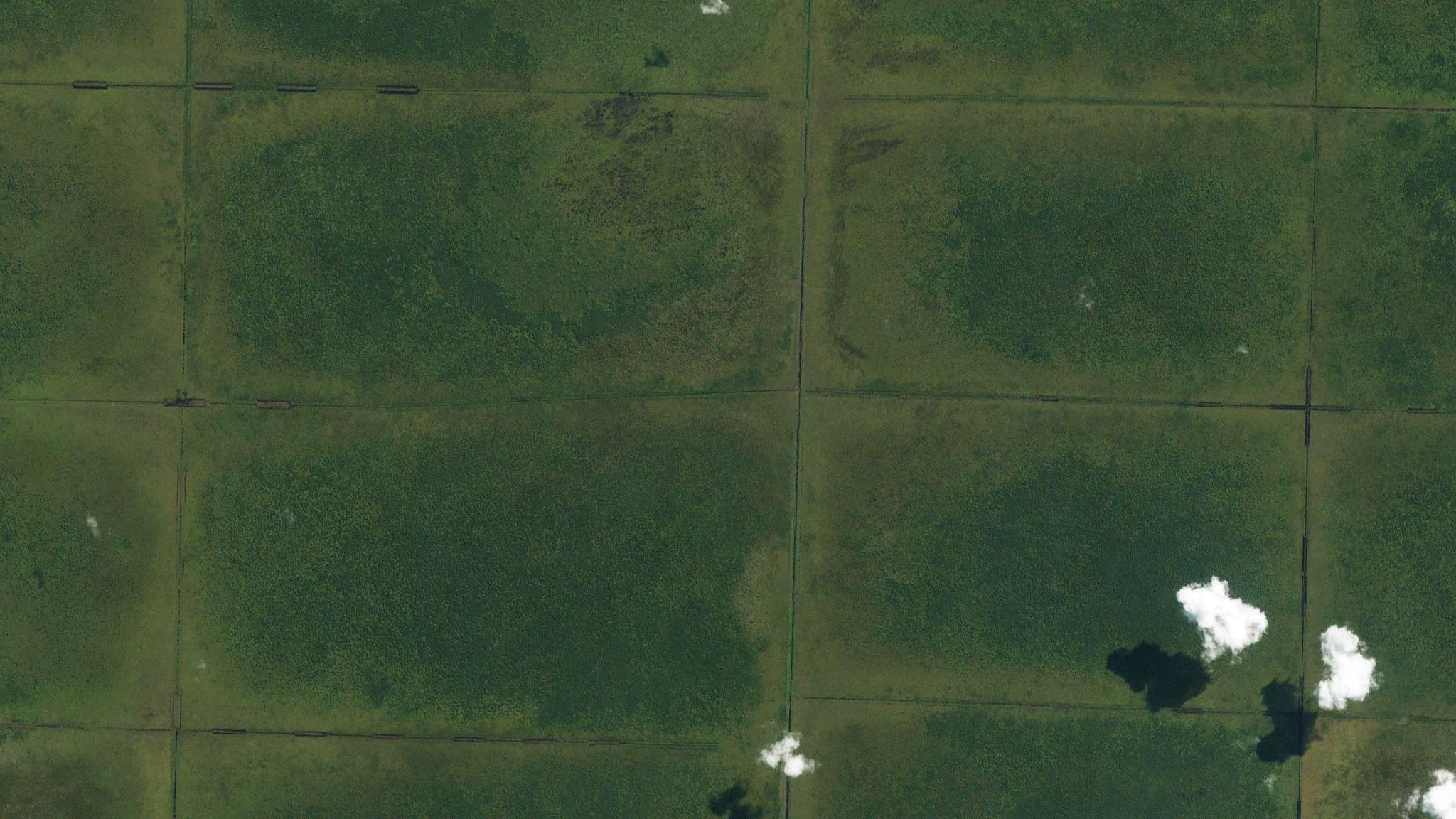UNFAO and Planet SEPAL Collaboration Drives Conservation Solutions Across Tropics

This false-color (near infrared, red, green) image shows a forest fire adjacent to Concepción, Chile in January of 2020. © 2020, Planet Labs Inc. All Rights Reserved
StoriesIn September 2019, the Food and Agriculture Organization of the United Nations (FAO) partnered with Planet to provide high spatial and temporal resolution satellite imagery to support the national forest monitoring systems of eight tropical forested countries: Chile, Colombia, Democratic Republic of the Congo, Costa Rica, Ghana, Indonesia, Mexico and Mozambique. Just a few months later, these countries are already putting to work the combination of Planet’s high-resolution data and FAO’s geospatial platforms for a wide range of conservation applications. FAO supports countries all over the world in their efforts to sustainably manage forests and other ecosystems and natural resources, as well as to achieve their international climate and conservation commitments through the Paris Agreement and Sustainable Development Goals. To this end, FAO developed the SEPAL geospatial platform, part of the Open Foris initiative, which makes accessing and using satellite data simpler. SEPAL takes the strain of processing heavy datasets away from your personal computer by harnessing remote supercomputers through the cloud, enabling you to complete analyses, as well as spot errors, faster and freely. Through this collaboration with Planet, these eight developing countries can now access and process Planet’s daily, high-resolution satellite imagery directly in SEPAL. “We are now working with 100 users from international and national governmental institutions to improve forest and land use monitoring with Planet imagery through this collaboration,” says Timothy Gituma, customer success manager at Planet. Pooja Pandey, technical support engineer at Planet, adds, “With Planet plug-ins and Developer Center, these users are pulling Planet imagery directly into their existing SEPAL notebooks and workflows in order to make forest monitoring more accessible, accurate and efficient.” [caption id="attachment_145145" align="aligncenter" width="799"]







Ready to Get Started
Connect with a member of our Sales team. We'll help you find the right products and pricing for your needs

